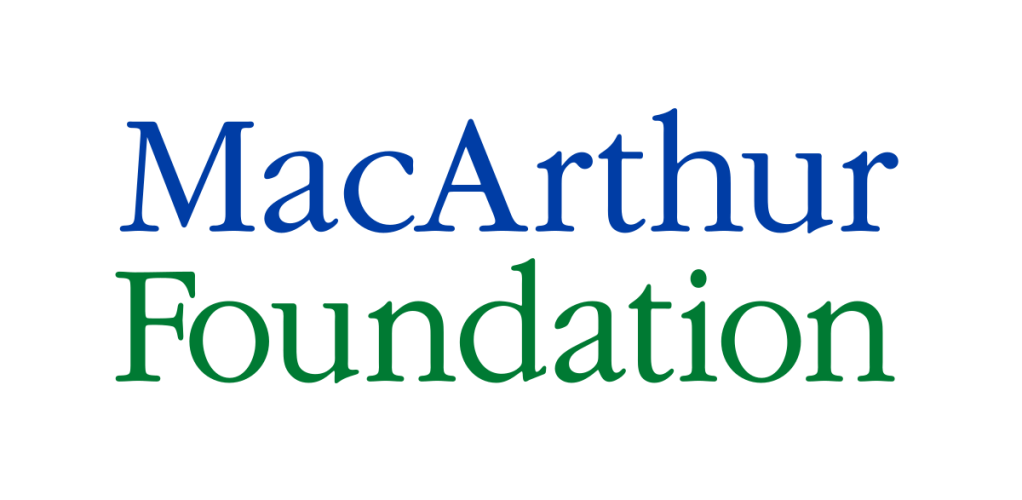Welcome to
The Journey
of a Story 2023
An exhibit and networking event by The Uproot Project

The mission of The Uproot Project is to bring diverse voices to the forefront of environmental reporting. With this event, we hope to not only feature Indigenous environmental journalists, but also highlight the importance their voices, perspectives, and storytelling within environmental journalism.
This exhibit features work from five Indigenous environmental journalists. The exhibit is intended to be interactive: through audio, you will learn about each journalist’s experience reporting on their story. As you explore the exhibit, we encourage you to take out your phones and scan the QR codes on the posters to listen to the audio.
Thank you to the MacArthur Foundation for their support of this event.
Digital Brochure | Table of Contents
(Click the links below to navigate)

Thank you to the MacArthur Foundation for their support of this event

About the Journalists

B. 'Toastie' Oaster
B. ‘Toastie’ Oaster (they/them) is an award-winning journalist, reporting for the Indigenous affairs desk at High Country News from Chinook lands in the Pacific Northwest. Their work has also appeared in Foreign Policy, ICT, Street Roots and elsewhere. In 2023 their feature on Pacific lamprey was nominated for a National Magazine award. They’re a member of the 2SLGBTQIA+ committee at the Indigenous Journalists’s Association, and a citizen of the Choctaw Nation of Oklahoma.
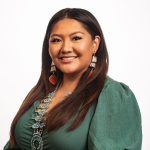
Pauly Denetclaw
Pauly Denetclaw, a citizen of the Navajo Nation, is Haltsooí (Meadow People) born for Kinyaa’áanii (Towering House People). She is originally from Gallup, New Mexico. Currently, she is the political correspondent for ICT, based in Washington, D.C. She has worked for the Navajo Times and Texas Observer covering Indigenous communities, and her radio pieces have aired on KYAT, National Native News, NPR’s Latino USA and Texas Public Radio. She is a former board member for the Indigenous Journalist Association.

Anita Hofschneider
Anita Hofschneider joined Grist in July 2023 as a senior staff writer on the Indigenous Affairs desk, focusing on climate and environmental issues in the Pacific region and beyond. Hofschneider is a Chamorro journalist based in Honolulu who spent most of the last decade at Honolulu Civil Beat, where she won more than two dozen awards for her local and regional reporting. She previously wrote for The Associated Press and The Wall Street Journal after graduating from Harvard College with honors. She was born and raised in the Commonwealth of the Northern Mariana Islands.
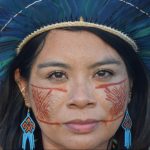
Ariene dos Santos Lima
Ariene Susui, 26 years old, Wapichana people, indigenous activist, has been active since the age of 14 in the indigenous movement for the participation of young people and women in political, environmental and education discussions. Co-founder of the Roraima Wakywai Indigenous Communicators Network. graduated in Social Communication-journalism and Master in Communication from UFRR. She was communication advisor for the Indigenous Council of Roraima, served as communication advisor for the Coordination of Indigenous Organizations of the Brazilian Amazon (Coiab) and currently works as an independent journalist focusing on the Amazon.

Erin Blondeau
Erin is a Métis mom, currently living and working on the unceded territory of the Quw’utsun Mustimuhw (Cowichan Peoples). Her paternal family comes from the Red River Settlements and the Qu’Appelle Valley, and her maternal family is British and Eastern European. Erin is passionate about telling stories that serve the community by shining a light on injustices and inequities in society.

About Uproot
The Uproot Project is a newly launched network for journalists of color who cover environmental issues, as well as students and others aspiring to cover this beat.
We want to bring diverse voices to the forefront of environmental reporting. As a network, we’re dedicated to advancing the careers of journalists of color who’ve been historically underrepresented in this field, imbuing journalistic coverage with critical and fresh perspectives. The Uproot Project will connect its member journalists with publications, offer training, and build community as we navigate the work ahead reporting on the environmental crises of our time.
The Uproot Project is open to journalists of all races, ethnicities and backgrounds, but its goal is to uplift and support journalists of color who have been underrepresented in the journalism industry for far too long. Our group is currently funded by and assisted operationally by Grist, a nonprofit, independent media organization dedicated to telling stories of climate solutions and a just future. While we plan to one day operate independently, our first priority is to establish the network, welcome new members, and build a network that transforms who tells the stories of one of the most important issues of the century.
Initiatives
Environmental Journalists of Color Database
The Uproot Project Database is a critical resource for journalists who are seeking to connect with editors, mentors, experts, sources, and other journalists of color within the environmental space. As a network by and for environmental and climate journalists of color, The Uproot Project is committed to diversity in the media, which means spotlighting diverse voices. The people you will find in our database identify as Black, Indigenous, or other people of color, who have exercised expertise in climate, science, social justice, and environmental spaces.
Environmental Justice Fellowships
At The Uproot Project, we believe there are important environmental justice stories that need to be told. We believe that journalists of color bring critical and fresh perspectives to covering these stories. With The Uproot Project’s Environmental Justice Fellowship, we want to bring the two together — to help underrepresented journalists shed light on undercovered topics. Meet our 2022 class of fellows here.
The Seedling (newsletter)
We produce a biweekly newsletter aimed at getting our members up to speed on all things Uproot. It’s dedicated to sharing updates for future Uproot trainings, panels, and meetups as well as sharing job opportunities and reporting resources. It’s also a spot to amplify the work of our members and highlight our growing network of journalists of color. You can subscribe here.
Donate to the Uproot Project here

Explore the Exhibit
This exhibit features work from Indigenous environmental journalists, some of whom are Uproot members. The exhibit is intended to be interactive: through audio and video, you will learn about each journalist’s experience reporting on their story. As you explore the exhibit, we encourage you to take out your phones and scan the QR codes on the posters to listen to the audio. For accessibility and convenience, links to the audio, transcripts, and articles can all be found below.
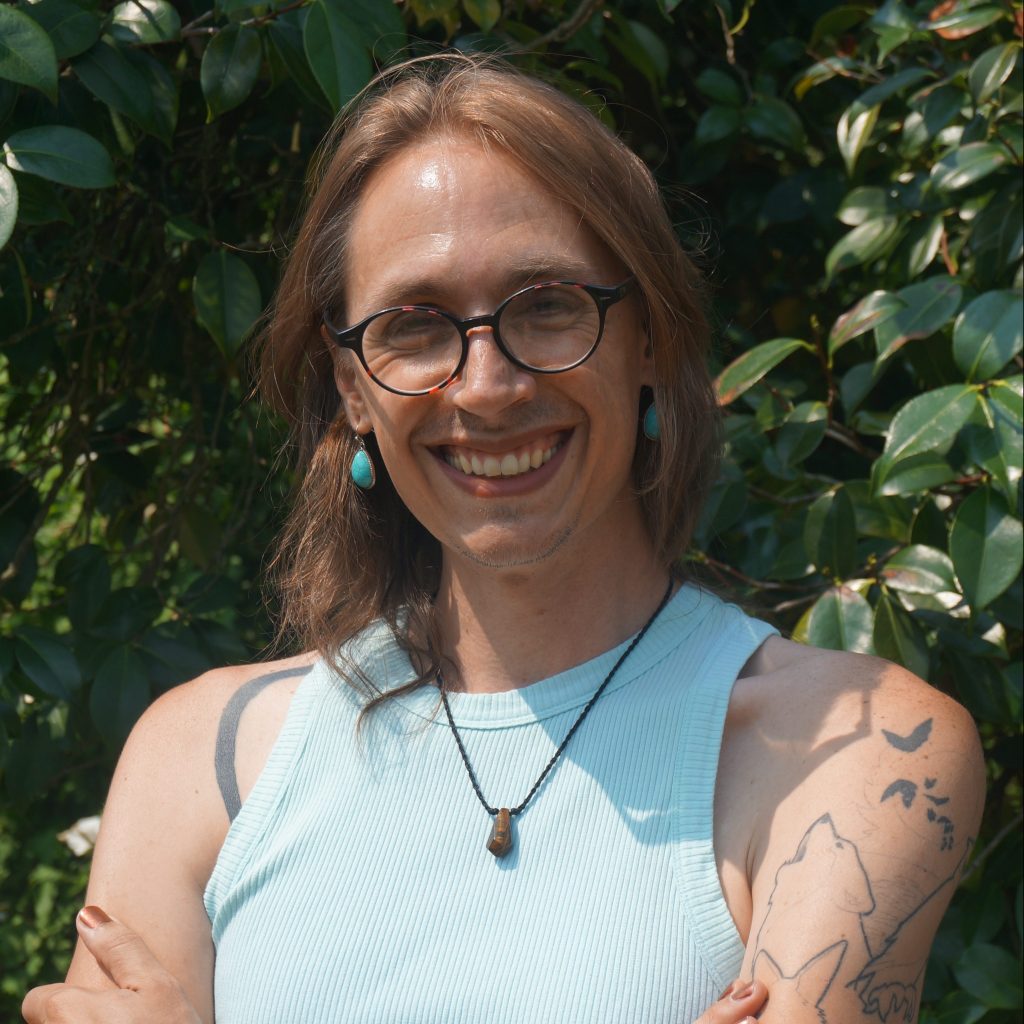
Pacific lamprey’s ancient agreement with tribes is the future of conservation
B. ‘Toastie’ Oaster | High Country News
Listen to audio – Audio transcript – Read the article
Climate Change: Navajo Nation faces drought, fires, flooding
Pauly Denetclaw | Indian Country Today
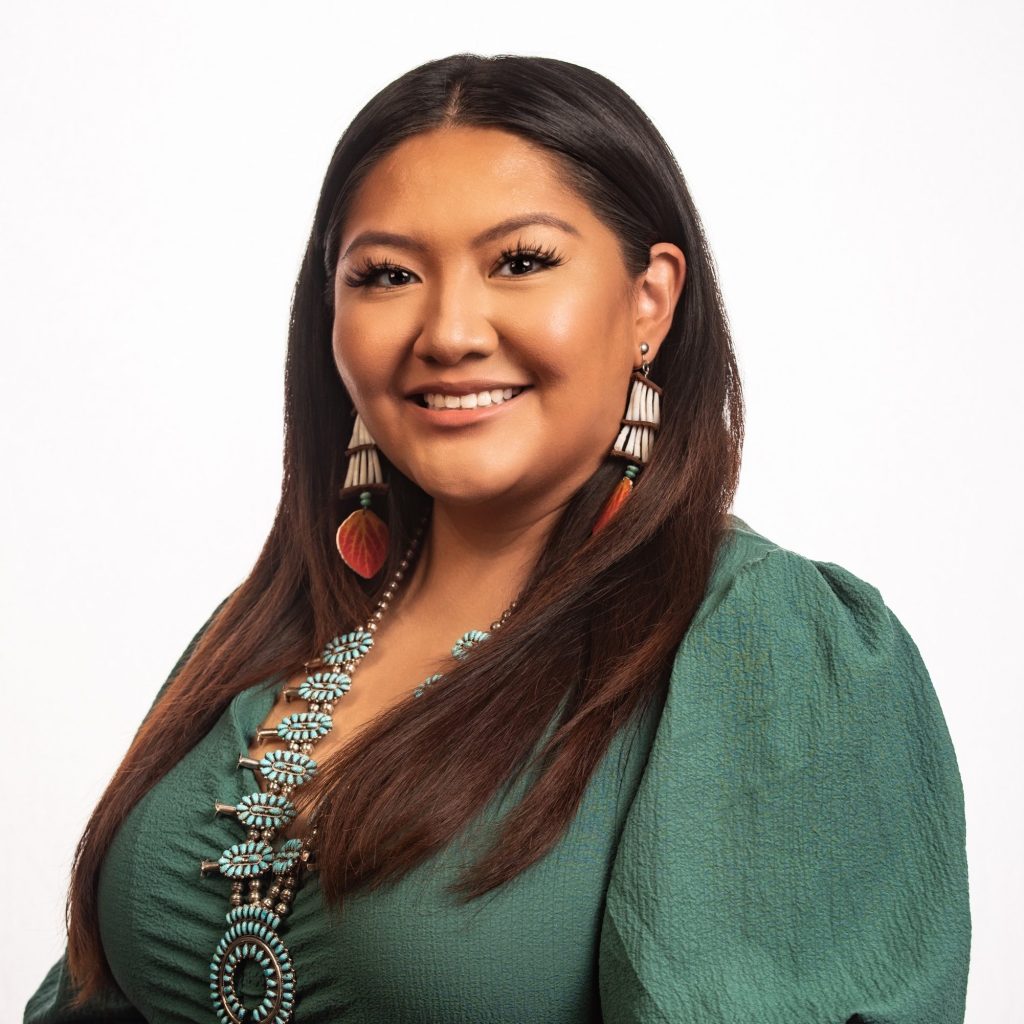
Listen to audio – Audio transcript – Read the article

This Colorado community was a ‘climate utopia.’ Now that vision is under siege
Anita Hofschneider | Honolulu Civil Beat
Listen to audio – Audio transcript – Read the article
Little Money, Expensive Travel and Misinformation: The Challenges of Indigenous Candidates Campaigning in the Amazon (Portuguese)
Ariene dos Santos Lima | Rainforest Journalism Fund
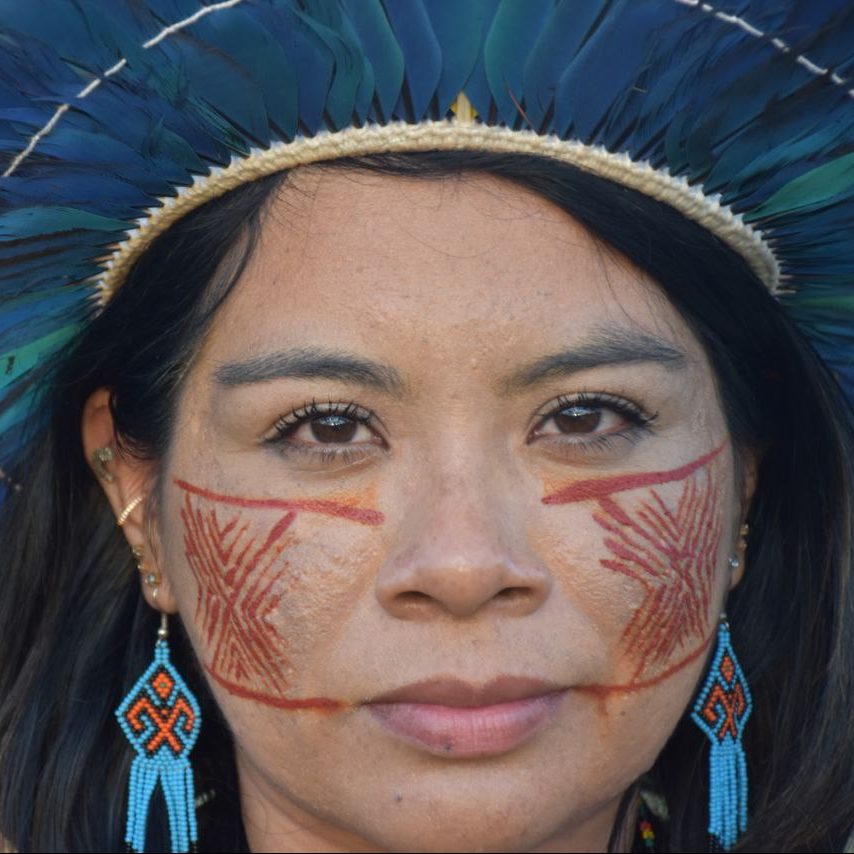
Listen to audio – Audio transcript – Read the article
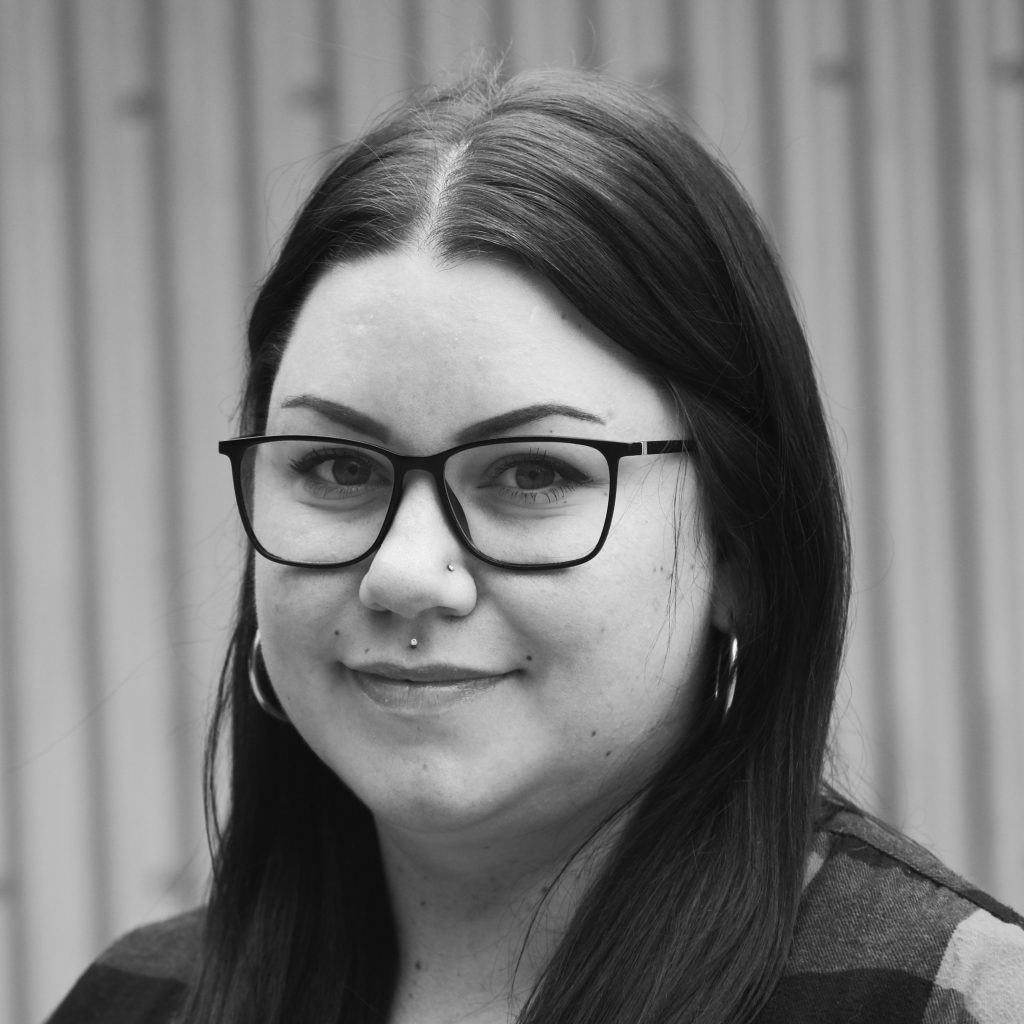
A ‘Walk Together’ or an ‘Erasure Tour’?
Erin Blondeau | The Tyee
Listen to audio – Audio transcript – Read the article

Thank You to Our Sponsor
Thank you to everyone who made this event possible including the generous sponsorship by the MacArthur Foundation, Grist, and all the journalists & publications who allowed The Uproot Project to feature them in this event.
